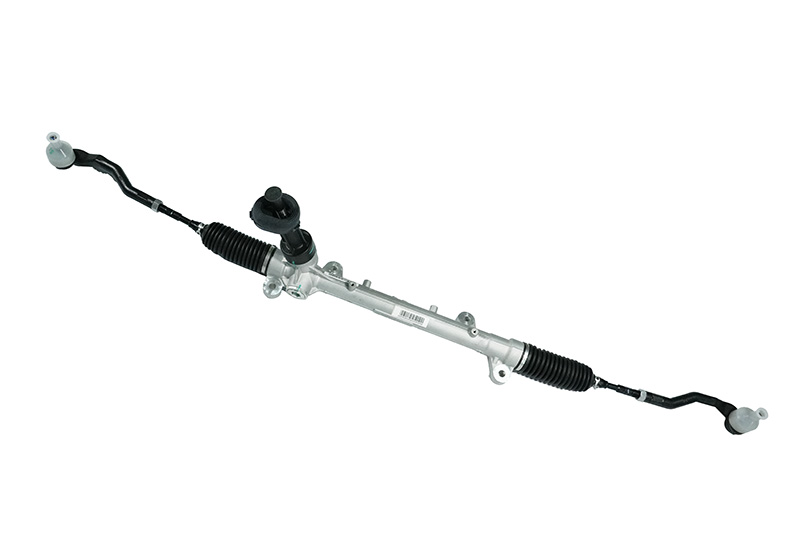Other Steering Components
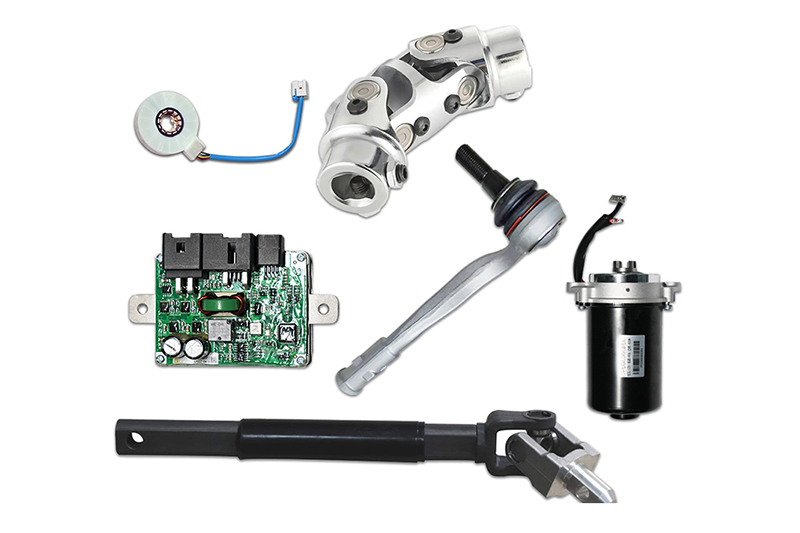
The core components of an Electric Power Steering (EPS) system include the Electronic Control Unit (ECU), electric motor, and torque sensor. In addition, connecting parts in steering system such as tie rods, ball joints, and the intermediate shaft are also crucial. XEPS not only provides customized EPS assemblies for OEMs but also supplies related steering components to support precise vehicle steering perfomance.
Key Benefits Of XEPS Steering Components
Intelligent Control. Real-time ECU and torque sensor feedback with energy-efficient motor enable adaptive steering, energy savings, and ADAS support.
Robust Precision. Durable shaft, joints, and tie rods ensure accurate torque transfer and long-lasting reliability.
Compact Integration. Streamlined electromechanical design minimizes maintenance and optimizes stability.
Key Steering Components
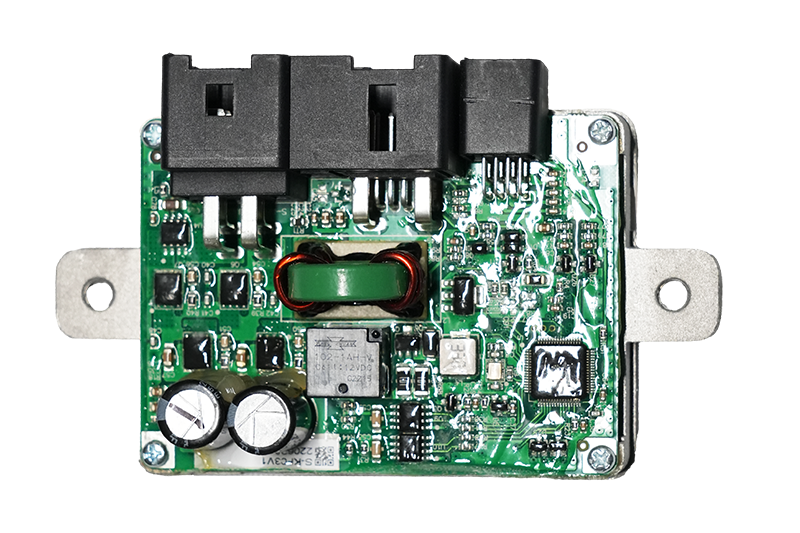
As a key component influencing steering performance, XEPS’s Electronic Control Unit (ECU) uses proprietary control algorithms to interpret sensor inputs and driver commands, delivering precise and responsive steering assistance. The ECU can adjust support levels in real time based on driving conditions, ensuring excellent control and responsiveness on both urban roads and rough terrain.
The Electric Power Steering (EPS) motor delivers assistive torque to the steering system based on commands from the Electronic Control Unit (ECU), helping reduce the driver’s steering effort. XEPS offers both brushed and brushless motors to meet different customer needs.
Brushed motors feature a simple structure and low cost, making them suitable for cost-sensitive models or entry-level markets, with proven stability and reliability.
Brushless motors offer higher efficiency, faster response, and longer lifespan, making them the mainstream choice for modern mid- to high-end EPS systems.
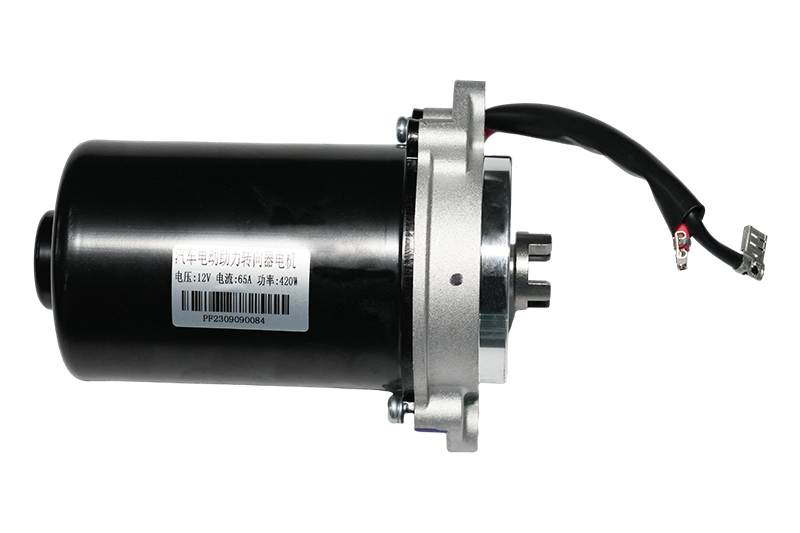

The Electric Power Steering (EPS) motor delivers assistive torque to the steering system based on commands from the Electronic Control Unit (ECU), helping reduce the driver’s steering effort. XEPS offers both brushed and brushless motors to meet different customer needs.
Brushed motors feature a simple structure and low cost, making them suitable for cost-sensitive models or entry-level markets, with proven stability and reliability.
Brushless motors offer higher efficiency, faster response, and longer lifespan, making them the mainstream choice for modern mid- to high-end EPS systems.
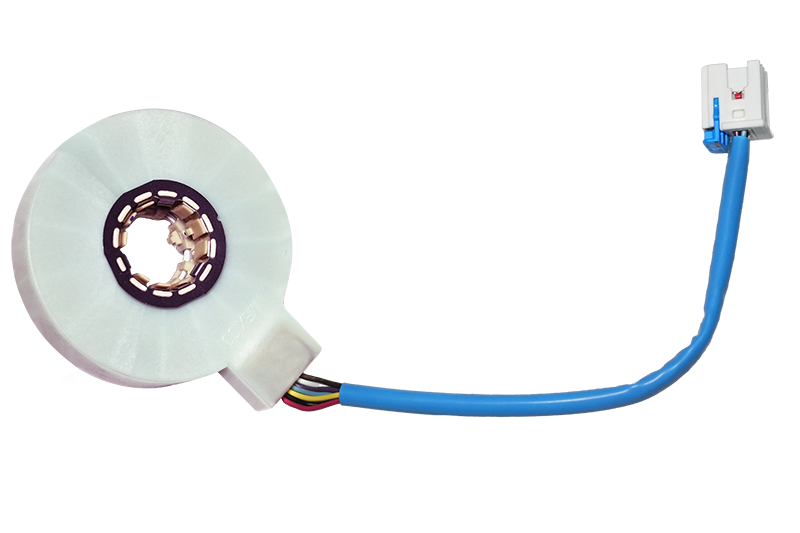
The torque sensor continuously monitors steering-related parameters and sends them to the ECU to adjust motor output, ensuring light, precise, and safe steering.
XEPS sensors offer high sensitivity and stability, accurately detecting steering force and direction. Both contact and non-contact types are available to meet various customer needs.
Contact sensor: Detects signals through physical contact, with a simple structure but limited lifespan due to wear.
Non-contact sensor: Detects signals using magnetic, electric, or optical effects, offering high precision, durability, and no mechanical wear.
The intermediate shaft transmits steering force from the steering column to the steering mechanism, enabling vehicle steering. The XEPS intermediate shaft is made of high-strength materials for excellent wear and corrosion resistance, ensuring long-term performance. Its lightweight design reduces overall vehicle weight, improving fuel efficiency and handling.
Features of XEPS’s intermediate shaft:
- Small torsional backlash
- High torsional stiffness
- Low sliding friction
- Excellent fatigue durability
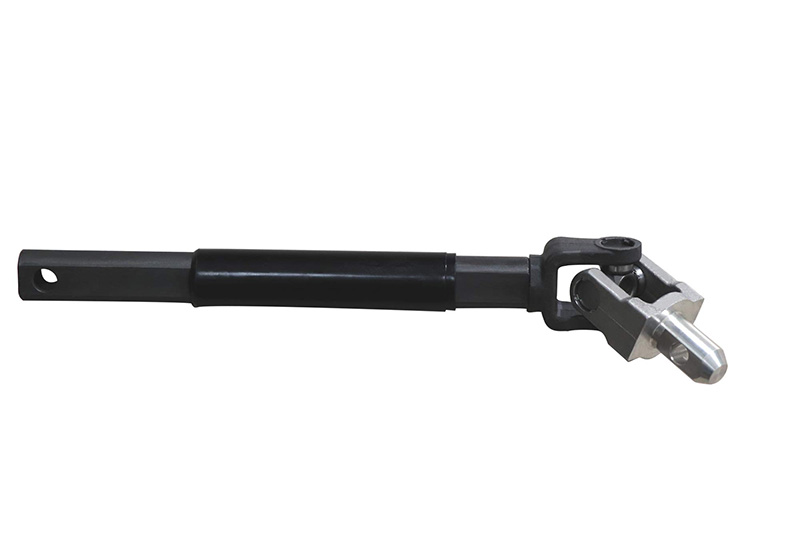

The intermediate shaft transmits steering force from the steering column to the steering mechanism, enabling vehicle steering. The XEPS intermediate shaft is made of high-strength materials for excellent wear and corrosion resistance, ensuring long-term performance. Its lightweight design reduces overall vehicle weight, improving fuel efficiency and handling.
Features of XEPS’s intermediate shaft:
- Small torsional backlash
- High torsional stiffness
- Low sliding friction
- Excellent fatigue durability
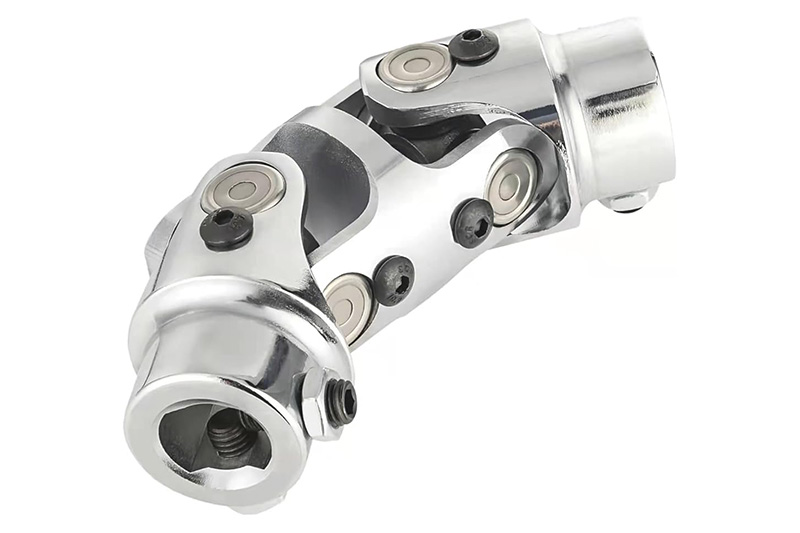
The universal joint connects the steering column, intermediate shaft, and steering gear, transmitting torque between shafts at different angles to ensure smooth and flexible steering. The XEPS intermediate shaft reliably transmits steering force with excellent wear and corrosion resistance, enhancing fuel efficiency and handling.
A tie rod in the automotive steering system is a mechanical linkage that connects the steering gear to the wheel steering knuckle, transmitting steering force to turn the wheels. The tie rod in the XEPS system is precisely designed with accurate dimensions to ensure optimal alignment and minimal play, resulting in smooth and responsive steering.
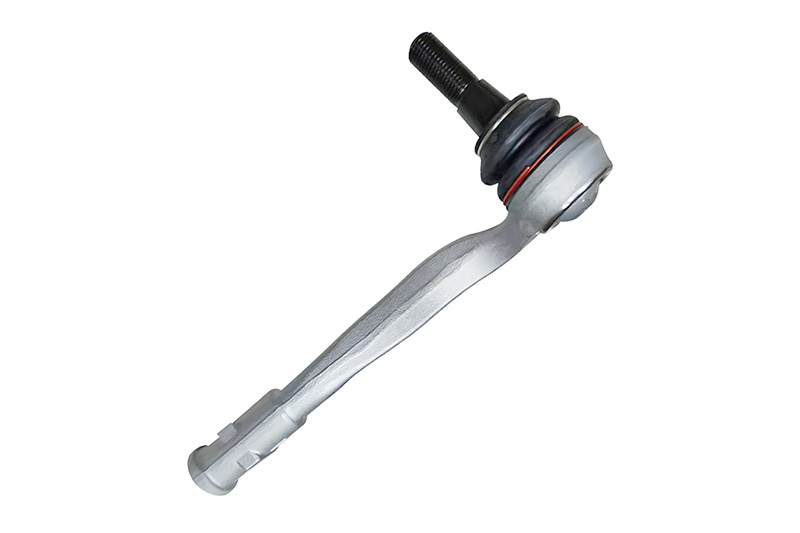

A tie rod in the automotive steering system is a mechanical linkage that connects the steering gear to the wheel steering knuckle, transmitting steering force to turn the wheels. The tie rod in the XEPS system is precisely designed with accurate dimensions to ensure optimal alignment and minimal play, resulting in smooth and responsive steering.
OTHER STEERING SOLUTIONS
LEARN MORE
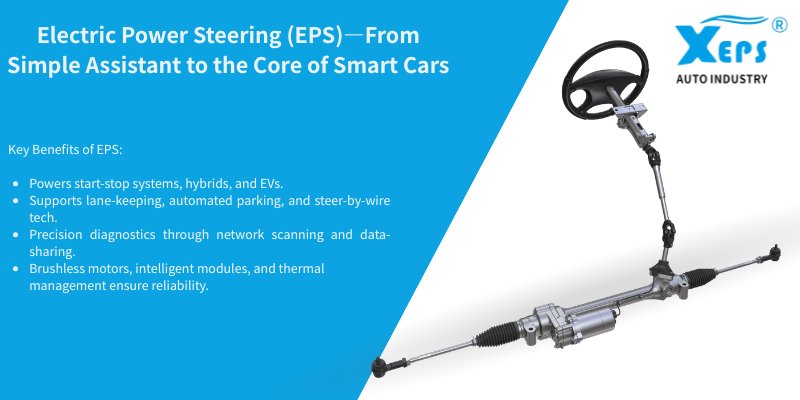
For many car owners and technicians, the question “What is EPS in a car?” is fundamental yet increasingly complex. Electric Power […]

Shanghai, November 30, 2023 — At the 2023 International Forum on Automotive Electrification and Intelligence Technology, co-organized by SAE International, […]
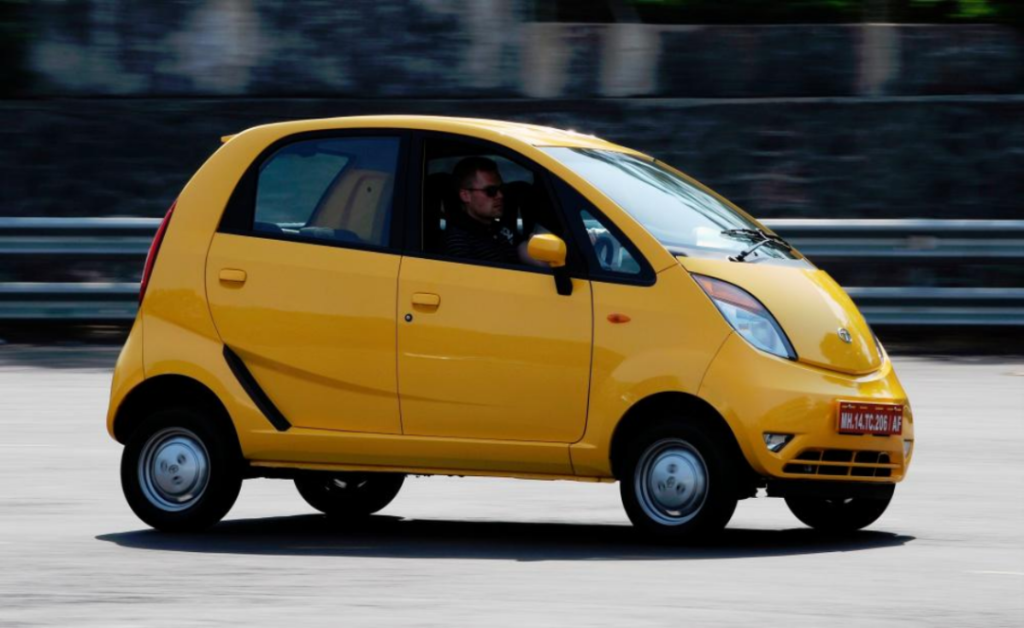
Introduction to Micromobility Micromobility refers to transportation using lightweight vehicles like electric scooters, electric bikes, small electric three or four […]
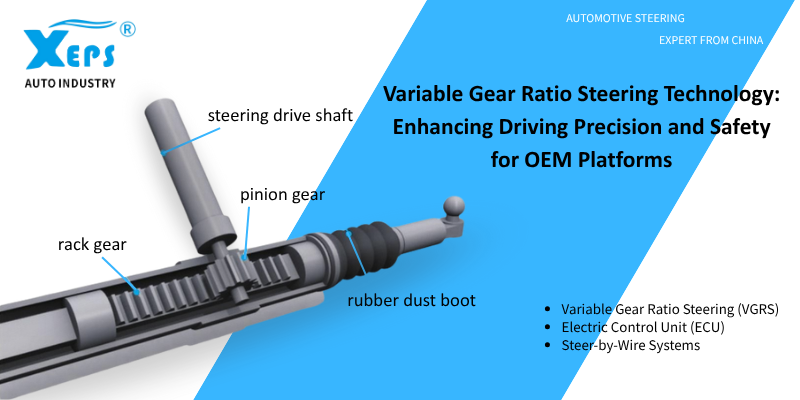
In a vehicle’s technical systems, the steering system determines direction of travel, so it’s super important for safety. The chassis […]

With 30 years of experience in automotive steering, XEPS offers a comprehensive range of brushed and brushless EPS (Electric Power […]
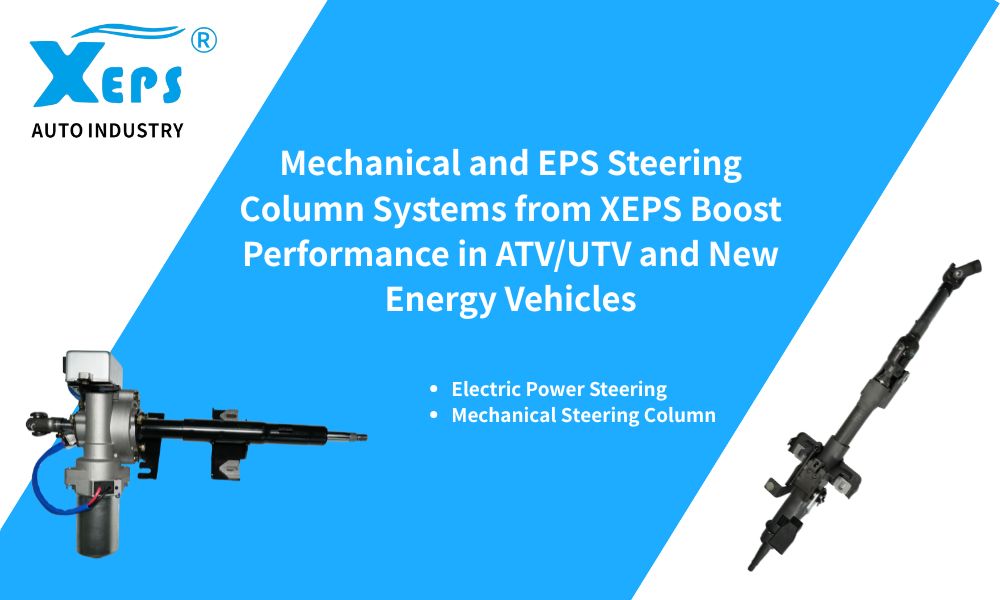
Mechanical Steering Column Assemblies and Electric Power Steering (EPS) solutions are increasingly applied in New Energy Vehicles, ATVs, UTVs, and […]

